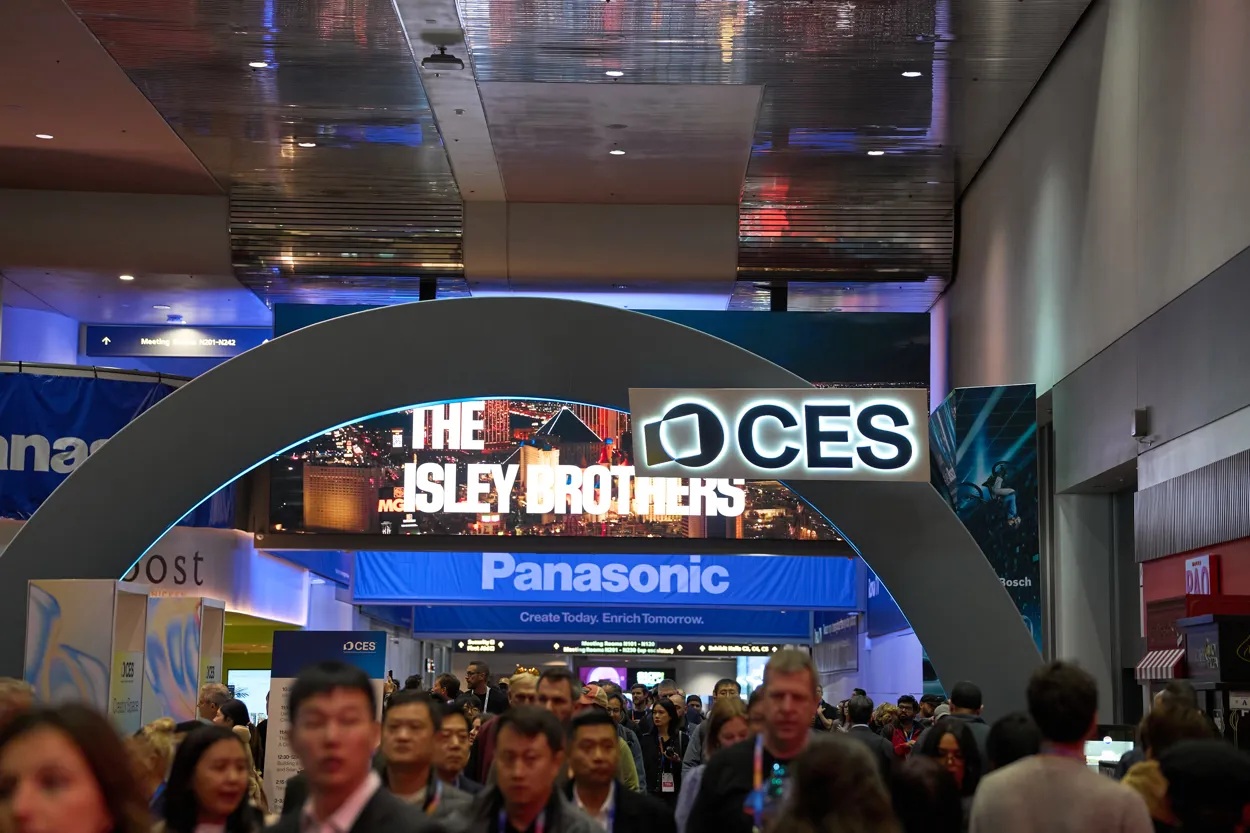When it comes to shooting HD, form follows function
Last week, camera and lens dealer Band Pro in Burbank, CA, sponsored a special press event focused on clearing up some of the confusion impeding the broader use of HD acquisition for movies, commercials, episodic TV and other productions traditionally shot on film.
As part of the tour, High Definition Technology Update met with Clairmont Camera executive vice president Alan Albert to learn more about how the camera equipment rental house is serving the needs of those in the film community wishing to make the move to HD. While more than 90 percent of the company’s clients still shoot film, Clairmont has made a significant commitment to HD by offering clients Sony F900 and Panasonic 27F and 27H HD cameras specially modified to integrate into a traditional film shooting style.
HDTU: How would you describe the comfort level of your film clients as they come to and consider HD for acquisition?
Alan Albert: It varies from very comfortable to a little bit nervous depending on their past experience. Most of our clients are very familiar with the way we work. So they have a comfort level with Clairmont because they have worked with us for film shoots.
Many of the film DPs (directors of photography), who haven’t worked in HD yet, come in with an attitude of adventure - and I mean that in a positive way. They know HD is out there, and they are looking forward to trying a new medium. There is always a little bit of trepidation that comes with something new. Most of the DPs have done their homework and come in with a good understanding of the HD basics. There is a lot of information out there, but there also is a decent amount of misinformation. So far, we’ve not had any DPs that knew absolutely nothing about HD.
HDTU: What misinformation is out there?
AA: One piece of misinformation is with the Sony - and this also applies to the Panasonic cameras - is the whole memory stick concept. Some people think you can take the scene files out of one camera and put them into another camera from another rental house and have the same look.
The professional video industry's #1 source for news, trends and product and tech information. Sign up below.
This is not true because the baseline settings of the camera must be identical for this to work. These baseline settings may be interpreted slightly differently by individual technicians at various facilities. This is not to say that there is only one correct way to set up an HD camera, but a variation in a base setting can have a noticeable effect on the look of a scene file that was built on another camera. At Clairmont Camera we keep very tight tolerances regarding this base set up so all of our HD cameras are always consistent within their brand and model.
HDTU: Clairmont Camera has a machine shop where you make extensive modifications to your HDTV cameras before renting them. Do you make these modifications to make them more like what a film camera crew is accustomed to using?
AA: Yes. Bear in mind our history as a film equipment rental house. Our main thrust here is feature films, episodic TV, made for TV movies and commercials. That’s our customer base. We also have clients who do some higher end rock videos and occasional documentaries. We are used to dealing with film crews, the architecture of film crews and who does what. When they come in to work with equipment here and take it into the field, they expect there to be places to put accessories, such as lens lights, onboard monitors, a cine tape measure and zoom controls. They need to have a way to power them as well. These are some of the things that the cameras don’t have when they come from the factory.
The cameras are designed similar to ENG-style cameras where one person is responsible for zooming, panning and recording at the same time. In the cinematic style, there is a camera assistant, a camera operator and a director of photography. These people are used to working in a specific way. They are used to working with micro-force zoom control and certain types of matte boxes and filtering arrangements for studio and handheld formats.
While an HDTV camera is different from a film camera, it doesn’t have to be foreign. We modify these cameras to make them ergonomically more similar to a professional film camera.
HDTU: What are the next critical steps that must be taken to help your clients achieve a new level of comfort in working with HD cameras?
AA: Improving the focus and zoom markings on the HD zoom lens, making them more like a cinema lens. Fujinon, Canon and Zeiss are doing a fine job in this area. The Fujinon 10x10 T1.6 is a good example.
Better viewing systems for the camera operators as well. The ability to see beyond 16x9 transmission area is crucial for the camera operator in order to avoid unwanted items from entering the frame.
Additionally, there is a lot of talk about larger chip cameras.
How necessary is that for a typical episodic TV show? I think it may be overkill. But in terms of comfort, the fact that the big chip cameras can use the lenses that the film crews are comfortable with is huge. They offer the same depth of field our clients are familiar with.
